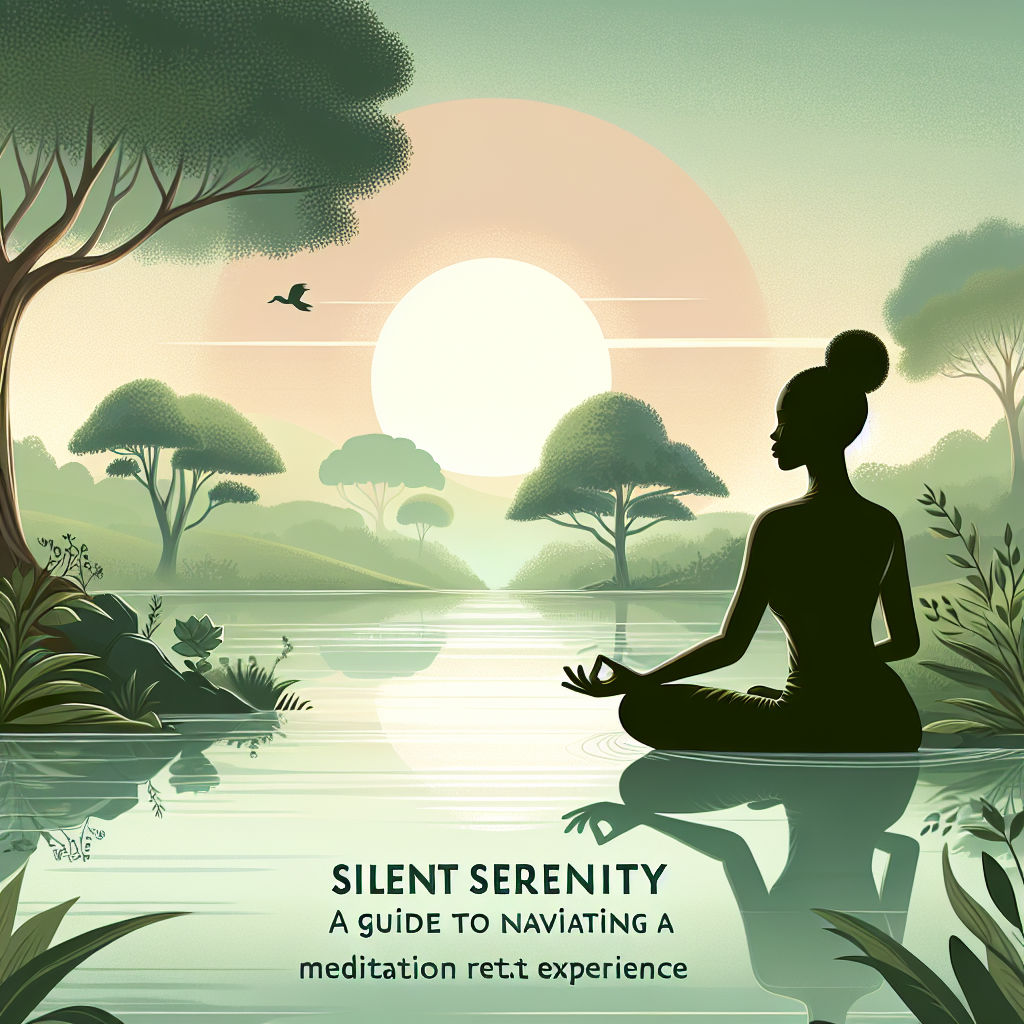meditation is a practice that has been utilized for centuries to improve focus, reduce stress, and cultivate inner peace. In today’s fast-paced world, meditation has become more important than ever as a tool for managing stress and promoting well-being. One key element of a successful meditation practice is having a timer to help you stay focused and maintain a consistent practice.
Choosing the right timer for your meditation practice can make a significant difference in your experience. It can be challenging to find the perfect timer that meets all of your needs, especially as a beginner. In this guide, we will explore the different types of meditation timers available and provide tips on how to enhance your practice with the perfect timer.
Types of Meditation Timers
There are several different types of meditation timers available, each with its own unique features and benefits. Some common types of meditation timers include:
1. Digital Timers: Digital timers are electronic devices that allow you to set a specific amount of time for your meditation practice. These timers typically have a digital display that shows the remaining time, as well as alarm features to signal the end of your session.
2. Hourglass Timers: Hourglass timers are a traditional type of timer that uses sand to measure the passage of time. These timers are aesthetically pleasing and can add a sense of calm to your meditation practice.
3. App-Based Timers: There are many meditation timer apps available for smartphones and tablets that offer a variety of features, such as guided meditations, customizable session lengths, and ambient sounds. These apps can be a convenient option for those who prefer to meditate with technology.
4. Candle Timers: Candle timers are another traditional option for measuring meditation time. Simply light a candle and focus on the flame for the duration of your practice.
5. Music Timers: Some meditation timers feature soothing music or sounds to enhance your practice. These timers can help create a relaxing atmosphere and aid in maintaining focus.
Choosing the Right Timer
When selecting a meditation timer, it’s important to consider your personal preferences and needs. Here are some factors to consider when choosing the right timer for your practice:
1. Ease of Use: Look for a timer that is easy to set and operate, so you can focus on your meditation practice without distractions.
2. Features: Consider what features are important to you, such as alarms, preset session lengths, or customization options.
3. Aesthetics: Choose a timer that complements your meditation space and creates a calming atmosphere.
4. Portability: If you plan to meditate on the go, consider a timer that is portable and easy to transport.
5. Budget: Determine your budget and look for a timer that offers the features you need within your price range.
Enhancing Your Practice with a Timer
Once you have selected the perfect timer for your meditation practice, there are several ways you can enhance your experience:
1. Consistency: Use your timer to establish a regular meditation routine. Set aside a specific time each day for your practice, and let your timer guide you through your session.
2. Focus: Set a specific intention for your meditation practice and use your timer to stay focused and present throughout your session.
3. Length: Experiment with different session lengths to find what works best for you. Your timer can help you gradually increase the duration of your practice as you become more comfortable.
4. Variety: Try using different types of timers to keep your practice fresh and engaging. You may find that a digital timer works best for focused meditation, while a candle timer enhances your mindfulness practice.
5. Posture: Use your timer to maintain good posture during your meditation practice. Set a timer for short intervals to remind yourself to adjust your posture and reduce discomfort.
6. Mindfulness: Use your timer as a tool for practicing mindfulness throughout your day. Set short intervals to take a moment to pause, breathe, and refocus.
Frequently Asked Questions
Q: Can I use any timer for meditation practice?
A: While you can technically use any timer to measure your meditation practice, it’s important to choose a timer that enhances your experience and supports your goals. Consider factors such as ease of use, features, and aesthetics when selecting a timer for meditation.
Q: How long should I meditate for each session?
A: The ideal length of a meditation session varies depending on your preferences and goals. Beginners may start with short sessions, such as 5-10 minutes, and gradually increase the duration as they become more comfortable. Experiment with different session lengths to find what works best for you.
Q: How can I stay focused during my meditation practice?
A: A timer can help you stay focused during your meditation practice by providing a structure for your session. Set a specific intention for your practice, and let your timer guide you through your session. If distractions arise, gently refocus your attention on your breath or a mantra.
Q: Can I meditate without a timer?
A: While a timer can be a helpful tool for maintaining consistency and focus during meditation, you can certainly meditate without one. If you prefer a more intuitive approach to meditation, you may choose to practice without a timer and listen to your body’s cues for when to end your session.
In conclusion, finding the perfect timer for your meditation practice can help you stay focused, consistent, and present during your sessions. Explore the different types of meditation timers available, consider your personal preferences and needs, and experiment with different techniques to enhance your practice. With the right timer by your side, you can cultivate a deeper sense of peace and well-being in your daily life.




Leave A Comment